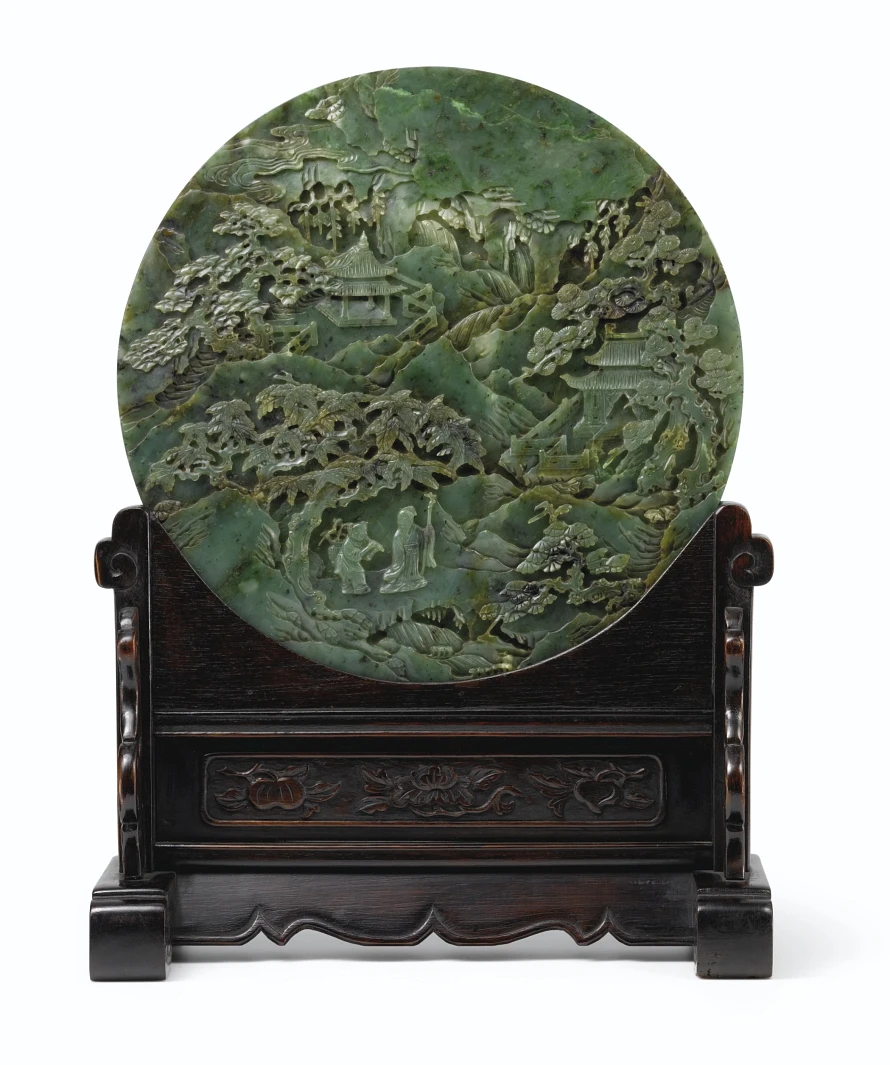The Timeless Beauty of Asian Jade Carving Art
Our Misty Mountains Phone Case design is inspired by Asian Jade Carvings.
For thousands of years, jade has held a special place in the hearts and hands of Asian artisans. More than just a beautiful stone, jade has been revered as a symbol of purity, wisdom, and spiritual power across many Asian cultures—particularly in China, where its history stretches back over 7,000 years.
The Origins of Jade in Asia
Jade comes in two forms: nephrite and jadeite. Nephrite, the older of the two, was the primary jade used in early Chinese civilization. It was prized for its toughness and subtle luster, and it played an essential role in ritual objects, ornaments, and tools. Jadeite, introduced from Burma (now Myanmar) in the 18th century, added new vibrant green tones and became highly valued during the Qing dynasty.
Symbolism Carved in Stone
In Chinese culture, jade is more than a gemstone—Confucius once said that jade symbolizes virtue. Artisans carve jade into meaningful motifs like dragons (power), phoenixes (rebirth), lotus flowers (purity), and pi xiu (wealth and protection). Each design holds deep cultural and spiritual significance, believed to bring harmony, luck, or spiritual balance.
The Art of Jade Carving
Carving jade is a meticulous and demanding process. Jade’s hardness makes it difficult to shape, but that same quality allows for incredibly fine detail. Traditional jade carving tools include abrasives made from quartz and water, slowly grinding down the stone. Today, artisans use modern tools to enhance precision but still respect the age-old techniques and philosophy behind the craft.
Regional Styles and Modern Revivals
From China to Korea, Vietnam, and Japan, each culture has developed unique jade styles. Chinese jade carving is the most globally recognized, known for its elaborate scenes and figures. Meanwhile, in Korea, jade has historically been used in simpler yet elegant forms for accessories and ceremonial items. Contemporary jade artists are now blending ancient techniques with modern aesthetics, breathing new life into a tradition that continues to evolve.
Why Jade Still Matters
In a world of mass production, hand-carved jade represents something rare—an enduring connection to heritage, patience, and meaning. Whether worn as a pendant or admired in a museum, each piece of jade tells a story of the land, the culture, and the artisan who shaped it.

